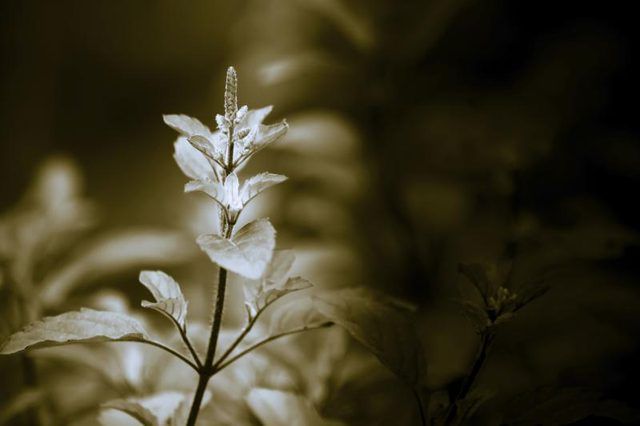Bulbs
Flower Basics
Flower Beds & Specialty Gardens
Flower Garden
Garden Furniture
Garden Gnomes
Garden Seeds
Garden Sheds
Garden Statues
Garden Tools & Supplies
Gardening Basics
Green & Organic
Groundcovers & Vines
Growing Annuals
Growing Basil
Growing Beans
Growing Berries
Growing Blueberries
Growing Cactus
Growing Corn
Growing Cotton
Growing Edibles
Growing Flowers
Growing Garlic
Growing Grapes
Growing Grass
Growing Herbs
Growing Jasmine
Growing Mint
Growing Mushrooms
Orchids
Growing Peanuts
Growing Perennials
Growing Plants
Growing Rosemary
Growing Roses
Growing Strawberries
Growing Sunflowers
Growing Thyme
Growing Tomatoes
Growing Tulips
Growing Vegetables
Herb Basics
Herb Garden
Indoor Growing
Landscaping Basics
Landscaping Patios
Landscaping Plants
Landscaping Shrubs
Landscaping Trees
Landscaping Walks & Pathways
Lawn Basics
Lawn Maintenance
Lawn Mowers
Lawn Ornaments
Lawn Planting
Lawn Tools
Outdoor Growing
Overall Landscape Planning
Pests, Weeds & Problems
Plant Basics
Rock Garden
Rose Garden
Shrubs
Soil
Specialty Gardens
Trees
Vegetable Garden
Yard Maintenance
How to Grow Holy Basil
How to Grow Holy Basil. Although less familiar than annual sweet basil (Ocimum basilicum) grown for its puckered, green or purple leaves, holy basil (Ocimum tenuiflorum, Ocimum sanctum) deserves its own spot in the herb garden. Holy basil's small, red-veined green leaves bring outsized clove and cinnamon punch to Thai dishes, and its pinkish-purple...

Although less familiar than annual sweet basil (Ocimum basilicum) grown for its puckered, green or purple leaves, holy basil (Ocimum tenuiflorum, Ocimum sanctum) deserves its own spot in the herb garden. Holy basil's small, red-veined green leaves bring outsized clove and cinnamon punch to Thai dishes, and its pinkish-purple flowers have the ornamental edge over sweet basil's white summer blossoms. The woody-stemmed, 1- to 3-foot shrub is perennial in U.S. Department of Agriculture plant hardiness zones 10b through 11 and an annual elsewhere. Like sweet basil, it grows as a garden or container plant.
Sun and Soil
Holy basil needs at least at least six hours of daily sun; eight hours aren't excessive. In-ground plants benefit from a pre-planting soil amendment of 50-percent peat moss and 50-percent aged compost. Spread a 2-inch layer of the mixed amendments over the planting area and work it into the top 6 to 8 inches of soil. Compost added at planting feeds the basil through the growing season, and repeating the application each spring maintains it in later years. Space the plants 2 to 3 feet apart.
Containers and Growing Medium
Container-grown holy basil performs best in dark plastic pots with multiple drainage holes. A 10-inch pot has room for one basil; use an 18-inch pot for two. Plant in a sterilized, soilless potting mix amended with granulated, 19-6-12 controlled-release fertilizer. One fertilizer brand recommends 1 tablespoon for a 10-inch container and 2 1/4 tablespoons for an 18-inch one, applied at planting and at four-month intervals. Always follow your fertilizer label's suggested amounts and application frequency.
Watering Holy Basil
In-ground holy basil needs 1 inch of rain or supplemental water weekly through the growing season; this amounts to 6 gallons per 10 square feet of soil. Overwatering holy basil may cause root rot, but using a rain gauge -- a clear, funnel-topped tube marked with measurements -- eliminates that problem. If rainwater in the gauge totals less than 1 inch at the end of the week, water enough to make up the difference. For example, if it registers 1/2 inch, supply the holy basil with 3 gallons of supplemental water for each 10 square feet of soil. To reduce the risk of fungal disease, water the plants from beneath so the leaves remain dry. Water container plants as needed to keep the medium evenly moist. In hot weather, they may require watering twice a day.
Harvesting to Encourage Growth
Holy basil leaves reach the peak of flavor just as the flower buds emerge. Harvesting entire stems, flowers included, at this time channels the plant's energy into producing dense new growth. Leaving enough foliage for adequate photosynthesis, cut each stem 1/4 inch above a leaf node with clean, sharp stem clippers. To avoid spreading disease, disinfect the clippers in a solution of 1 part household bleach to 9 parts water between cuts.
Potential Problems
Most insects avoid holy basil, but sap-sucking aphids and leaf-chewing Japanese beetles are notable exceptions. Colonies of tiny, pear-shaped aphids congregate along the young stems and the backs of leaves, where they're easily dislodged with a blast of hose water. Bronze-winged, metallic-green Japanese beetles arrive in mid-summer. Hand-pick or knock them from the plant and drown them in soapy water, or remove them with a battery-operated vacuum and dispose of them in sealed plastic bags. To discourage soil-borne Fusarium wilt disease, avoid planting in-ground holy basil in the same spot each year.